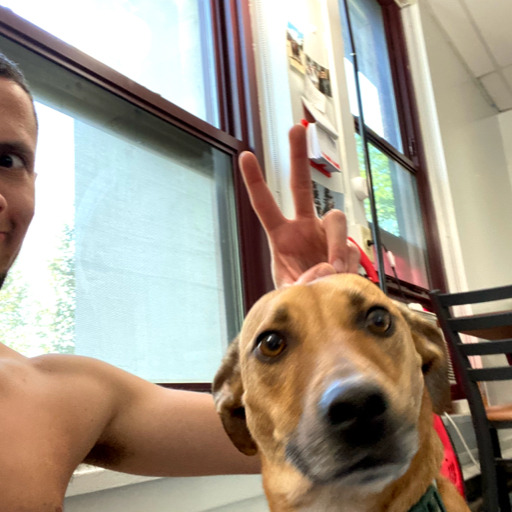discoverynews: Hunter or Hunted? Animal Eyes Reveal All. Pupil shape strongly predicts both an animal’s basic position on the food chain, and what time of day it is most active, a new study has found. The research, published in the journal Science

discoverynews: Hunter or Hunted? Animal Eyes Reveal All. Pupil shape strongly predicts both an animal’s basic position on the food chain, and what time of day it is most active, a new study has found. The research, published in the journal Science

discoverynews: Hunter or Hunted? Animal Eyes Reveal All. Pupil shape strongly predicts both an animal’s basic position on the food chain, and what time of day it is most active, a new study has found. The research, published in the journal Science

discoverynews: Hunter or Hunted? Animal Eyes Reveal All. Pupil shape strongly predicts both an animal’s basic position on the food chain, and what time of day it is most active, a new study has found. The research, published in the journal Science

discoverynews: Hunter or Hunted? Animal Eyes Reveal All. Pupil shape strongly predicts both an animal’s basic position on the food chain, and what time of day it is most active, a new study has found. The research, published in the journal Science

discoverynews: Hunter or Hunted? Animal Eyes Reveal All. Pupil shape strongly predicts both an animal’s basic position on the food chain, and what time of day it is most active, a new study has found. The research, published in the journal Science

discoverynews: Hunter or Hunted? Animal Eyes Reveal All. Pupil shape strongly predicts both an animal’s basic position on the food chain, and what time of day it is most active, a new study has found. The research, published in the journal Science

discoverynews: Hunter or Hunted? Animal Eyes Reveal All. Pupil shape strongly predicts both an animal’s basic position on the food chain, and what time of day it is most active, a new study has found. The research, published in the journal Science








